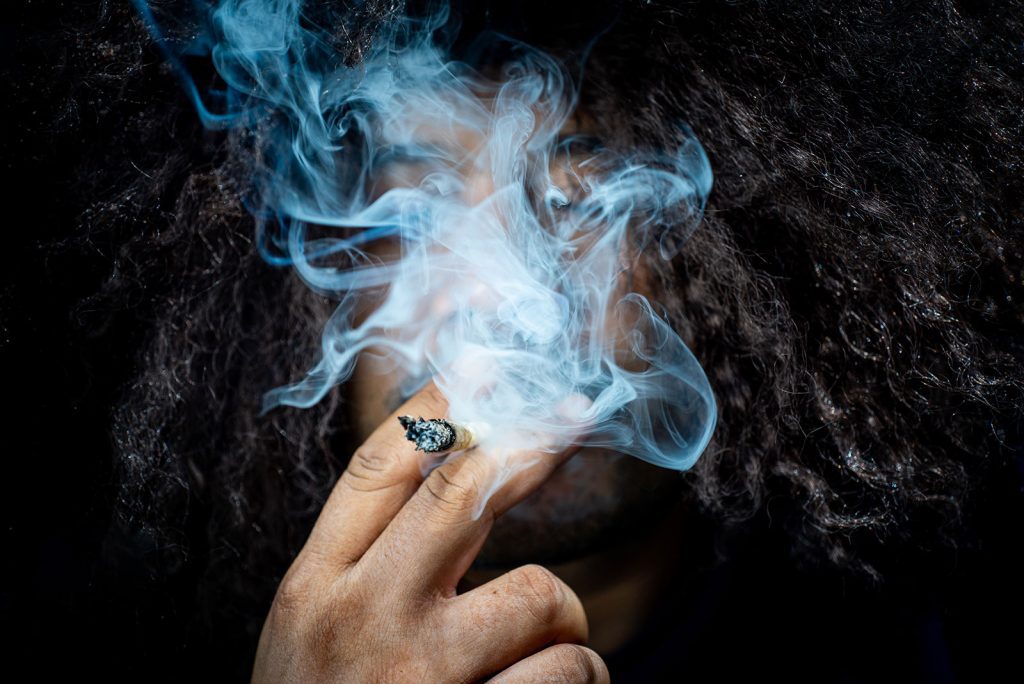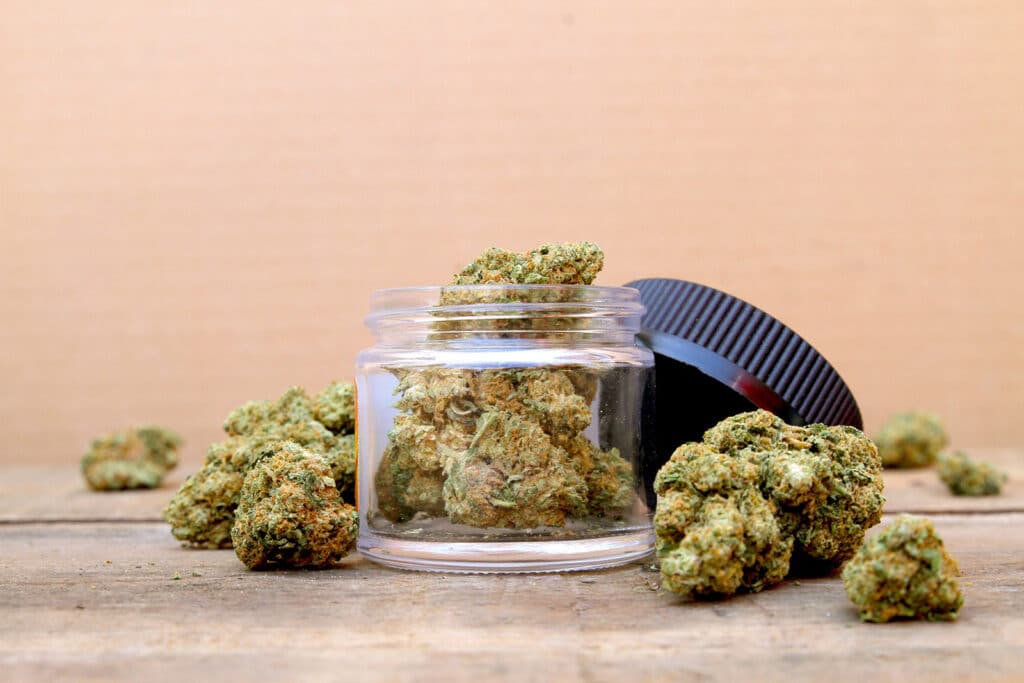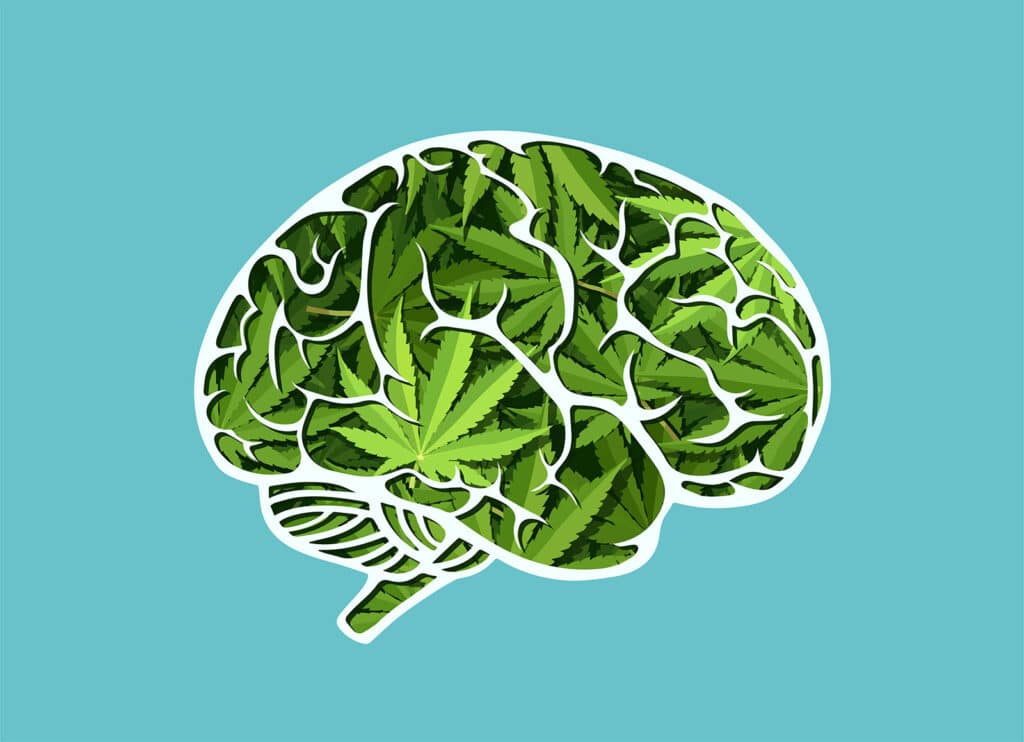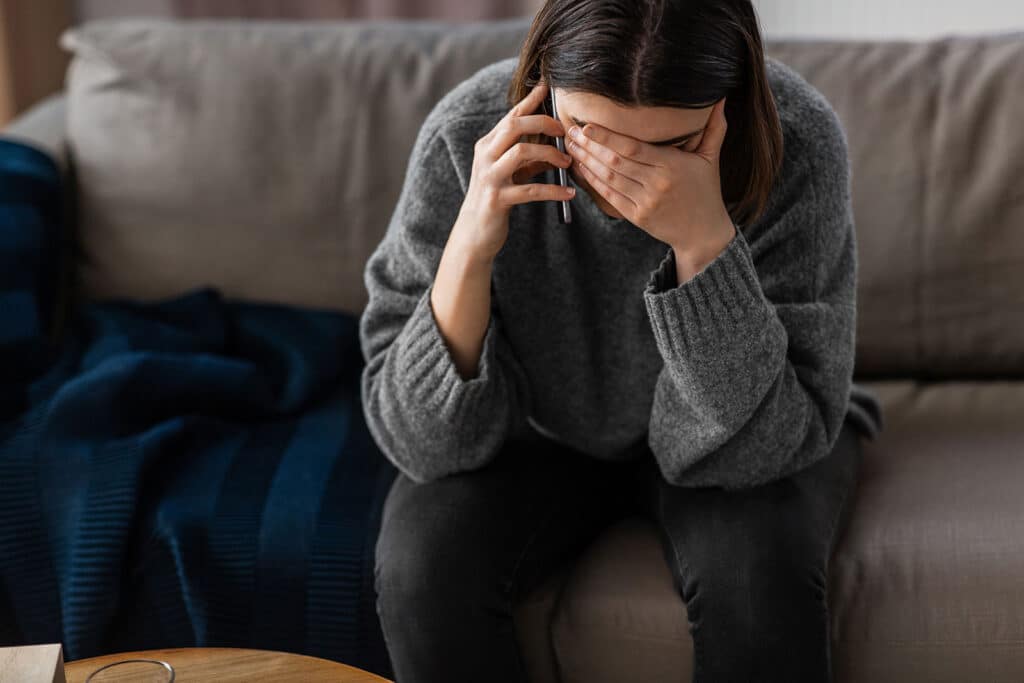Sometimes, it isn’t enough to ingest drugs because some people aren’t satisfied with their experience results. In this case, they look for ways to increase the effects, but because they are dangerous drugs, the results can be hazardous as well.
Table of Contents
What Is Hotboxing?
Hotboxing is when people smoke in an unventilated location. In most cases, people choose marijuana for this purpose. Unventilated spaces can be found in several places, including attics, tents, bathrooms, or a basement. When people engage in this activity, they believe that they aren’t doing anything dangerous because marijuana comes from the earth. However, when you are hotboxing, the location is not ventilated, and this increases the effects of the marijuana on the user. This is precisely what users are hoping for, but it can also cause them to experience very unpleasant side effects.

The most common place for this activity is in a vehicle. A couple of friends sit in a car with the windows rolled up. The smoke fills the tiny space as they recreate the famous hotboxing scene from a Cheech and Chong movie. Unfortunately, when people engage in this activity over a long period of time, it can lead to other health complications.
If Hotboxing Is Dangerous, Why Do People Do It?
Sometimes, the only place people can find to engage in this activity is where they aren’t likely to be found. Therefore, the best place is an unventilated location. People just like watching the smoke buildup and swirl around them in other cases. They may not want anyone else to smell the marijuana, so they do their best to ensure that the smoke does not travel. In most cases, they do it because they believe that the high will be enhanced. They hope that because there is so much extra smoke around them in an enclosed area, it will allow the extra smoke to increase the high.
Do Contact Highs Exist?
The truth is that marijuana smoke contains several chemicals, including quinoline, chromium, cadmium, acetaldehyde, nickel, formaldehyde, benzene, polycyclic aromatic hydrocarbons, aromatic amines, hydrogen cyanide, and ammonia arsenic. With these chemicals in the air, it is easier to obtain a contact high.
Researchers demonstrated this fact in a study at Johns Hopkins University in 2015. The researchers placed six nonsmokers and six smokers in a room together. The smokers were given ten joints to smoke over the period of an hour in an unventilated room. They also placed smokers and nonsmokers in a ventilated room together. The nonsmokers in the unventilated room did experience a contact high. In addition to that, the researchers could not measure a significant difference in the cannabinoid levels of the smokers in the unventilated room.

The Jamaican Hotbox
The Jamaican or the Hawaiian hotbox is another way of participating in this activity. To create the effect, the user needs to increase the humidity in the room, so this strategy limits the number of places that it can be done. To engage in the Jamaican hotbox, users enter the bathroom and turn the shower on. They allow the steam to accumulate, and then they light their apparatuses. Because the humidity level is higher, it causes the atmosphere to be foggy, and many people like it this way. Bathrooms usually fail at filtering out the smell of marijuana, so air fresheners are usually necessary after the Jamaican hotbox.
Marijuana Addiction
Marijuana indeed comes from a naturally occurring plant, but this doesn’t mean that marijuana is a safe drug to take. Marijuana comes from the cannabis Sativa plant, and it contains delta-9-tetrahydrocannabinol or THC. THC is the ingredient that creates the psychoactive effect in marijuana. Although it is a substance that nature created, nature also created the psychoactive effects, so users can begin to experience delusions, dizziness, and cognitive impairments in a short period of time.
If someone engages in this dangerous activity, it can lead the user to marijuana addiction. This means that a user’s body and mind depend on the drug, so he cannot stop taking it even though he may desire to do so. These users do not control how much marijuana they use, and they believe that they need it to survive.
As users become addicted to marijuana, their systems develop a tolerance for the drug. This means that the body becomes accustomed to the effects they experienced when they first began taking this drug, and they want to continue to experience these same effects. Over some time, the effects lose their strength. To feel the same way they felt when they first began taking this drug, they must increase the amount of marijuana they are ingesting. When this occurs, users must seek treatment for the addiction.

The Effect of Hotboxing on the Brain
When a user smokes marijuana, the THC travels to the lungs and bloodstream. Then, the blood takes it to the body’s organs and the brain. The THC connects with the nervous system’s cannabinoid receptors and influences the activities of these nerve cells. Several cannabinoid receptors are located in the brain where memory, coordinated movement, time perception, sensory perception, concentration, thought, and pleasure occurs.
Short-Term Effects of Marijuana Use
The short-term effects of marijuana use include the following:
- Loss of coordination
- Troubles with problem-solving and thinking
- Distorted perceptions
- Difficulties with learning and memory
Long-Term Effects of Marijuana Use
The long-term effects of marijuana use include the following:
- Psychological dependence or addiction
- Physical dependence
- Withdrawal symptoms after abstaining
The Effect of Hotboxing on the Body
The Short-term effects include the following:
- Hypertension
- An increase in appetite
- An increase in the heart rate
- Cough
- Bloodshot eyes
- Sedation
The Long-Term Effects of This Activity
Long-term effects include the following:
- A suppressed immune system
- Bronchial asthma
- Emphysema
- Bronchitis
After chronic use of marijuana, users may experience the following withdrawal symptoms:
- A decrease in appetite
- Difficulties sleeping
- Irritableness
- Restlessness
- Nausea
- Stomach discomfort
- Sweating
- Shakiness
- Headache

The Effect of This Activity on Mental Health
The body and the brain are not the only areas that experience negative consequences of marijuana use. Smoking marijuana can also lead to psychotic reactions, hallucinations, paranoia, depression, and anxiety. When marijuana smokers are young, they have an increased risk of committing suicide. A study conducted by the National Institute of Drug Abuse discovered that, as people ingest marijuana, they begin to experience increasing instances of suicidal thoughts.
The research demonstrates that people do not need to be regular users of marijuana to experience this effect. For example, studies published in JAMA Network Open demonstrated that study subjects experienced depression after ingesting marijuana. However, these subjects were not ingesting marijuana regularly. The research increasingly shows that the use of marijuana and mood disorders are linked.
Even though marijuana use and mental health disorders are linked, it does not mean that marijuana is the cause of the mental health disorder. The existence of a mental health disorder is a risk factor for drug use. That’s because people experiencing mental health disorders often tend to medicate their symptoms with the drug rather than obtain help from medical professionals.
Hypercapnia
Hotboxing marijuana can also lead to hypercapnia. Hypercapnia is also known as “hypercarbia,” when a person’s blood contains too much carbon dioxide. It is a situation that occurs when a marijuana user isn’t taking in enough oxygen at the same time that the person is not expressing enough carbon dioxide. The fact that unventilated locations keep an adequate supply of oxygen from entering the room leads to a buildup of carbon dioxide in users’ bloodstreams. When a marijuana user engages in this activity over the long term, it can lead to lung disease.

Treatment
The first thing that you or your loved one must do is admit that you have a problem. Once you do this, you can help your loved one enter a treatment center. As was mentioned above, prolonged marijuana use can cause withdrawal symptoms if your loved one suddenly stops taking the drug on their own. At a treatment center, the staff will administer medications so that your loved one will tolerate the symptoms long enough for your loved one’s body to rid itself of the toxins that marijuana leaves behind. This will be done in the detoxification process, but your loved one will receive behavioral therapy after it is over.
Treatment centers use a variety of counseling options, including individual therapy, group therapy, and 12-step programs. Your loved one will receive treatment from a therapist in a one-on-one counseling session in individual therapy. Group therapy also greatly benefits those addicted to marijuana, so your loved one will also be required to enter this type of therapy. You may even be able to join your loved one in family therapy.
Published on: 2021-11-25
Updated on: 2025-06-05



